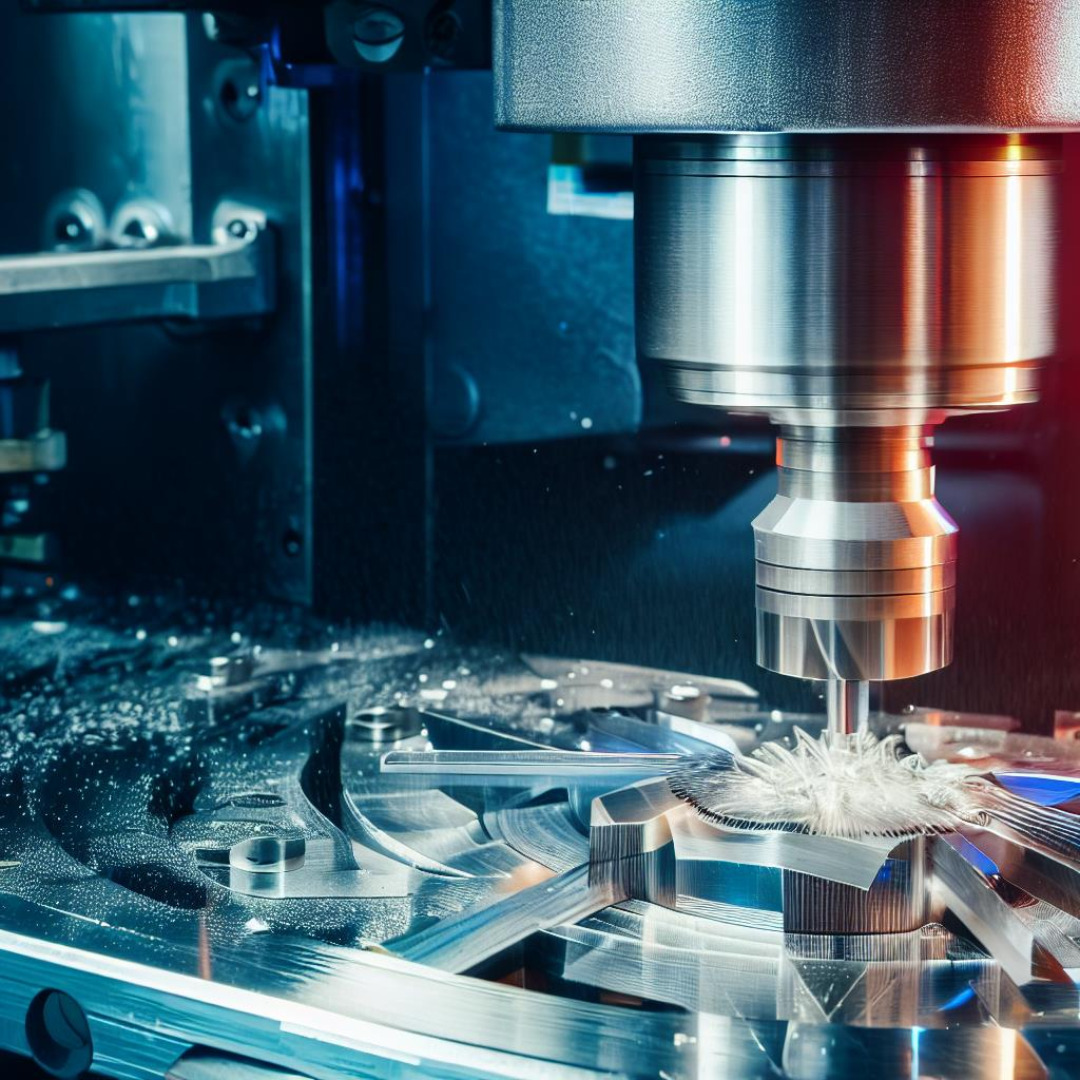Computer Numerical Control (CNC) machining has revolutionized the manufacturing industry, enabling the production of complex parts with high precision and efficiency. Among the various types of CNC machines, the 5-axis CNC machine stands out for its advanced capabilities. This article delves into the world of 5-axis CNC machining, exploring its benefits, applications, and the future of this remarkable technology.
Understanding 5-Axis CNC Machining
At its core, 5-axis CNC machining refers to the ability of a CNC machine to move a part or a tool on five different axes simultaneously. This includes three linear axes (X, Y, and Z) and two rotational axes, which makes it possible to approach the workpiece from any direction. The result is the ability to machine complex shapes in a single setup, which significantly reduces time and cost.
Benefits of 5-Axis CNC Machining
- Increased Precision: The 5-axis CNC machine's ability to move in five different directions simultaneously allows for more precise machining. This is particularly beneficial when working on intricate designs or parts with complex geometries.
- Reduced Setup Time: Traditional CNC machines may require multiple setups to machine complex parts, which can be time-consuming. With 5-axis CNC machining, the need for multiple setups is eliminated, reducing overall production time.
- Improved Surface Finish: Since the 5-axis machine can move the workpiece closer to the cutting tool, it can achieve a better surface finish. This is especially important in industries where the aesthetic appeal of the finished product is crucial.
Applications of 5-Axis CNC Machining
5-axis CNC machining has found applications in a wide range of industries. In the aerospace industry, for instance, it is used to produce complex components such as turbine parts and structural elements. The automotive industry also relies on 5-axis machining for the production of intricate parts like engine components and intricate gearboxes.
In the medical field, 5-axis CNC machines are used to create custom prosthetics and surgical instruments, while in the arts, they are used for sculpting and creating intricate designs. The technology is also prevalent in the production of prototypes for various industries, thanks to its ability to quickly and accurately produce complex parts.
The Future of 5-Axis CNC Machining
The future of 5-axis CNC machining is promising, with advancements in technology expected to drive further improvements in precision, speed, and versatility. One such advancement is the integration of Artificial Intelligence (AI) and Machine Learning (ML) into CNC machining. These technologies can analyze data from the machining process in real-time, enabling predictive maintenance, optimizing machining parameters, and improving overall efficiency.
Moreover, the advent of Industry 4.0, characterized by the interconnectivity of machines and systems, will further enhance the capabilities of 5-axis CNC machines. This will allow for real-time monitoring and control of the machining process, leading to increased productivity and reduced waste.
Conclusion
5-axis CNC machining represents a significant leap in manufacturing technology, offering unparalleled precision and efficiency. Its ability to produce complex parts in a single setup has made it an invaluable tool in various industries, from aerospace to healthcare. As technology continues to advance, the capabilities of 5-axis CNC machines are expected to reach new heights, further revolutionizing the world of manufacturing. The future of 5-axis CNC machining is indeed bright, and it will be exciting to see where this technology takes us next.

